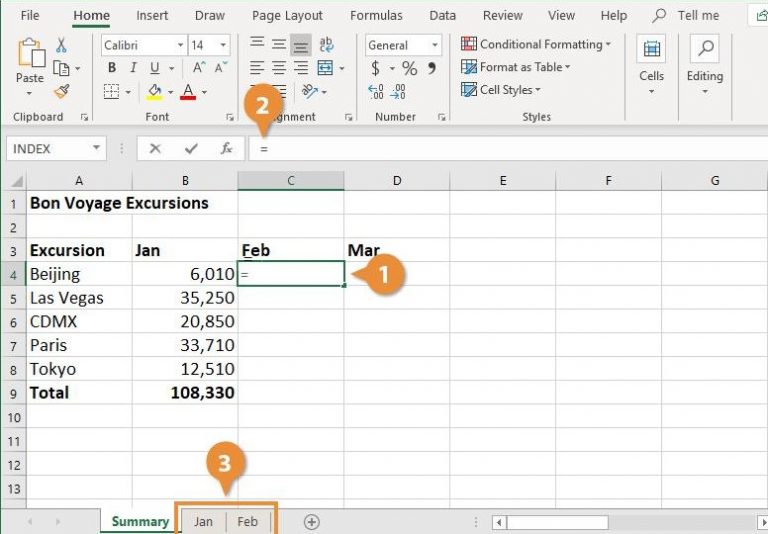Technician's Guide to Handling Confidential Documents Properly

Confidential documents represent more than just paper or digital files; they embody sensitive information vital to organizations' operations, security, and privacy. As a technician, your role in managing these documents requires not just technical skill but also an unwavering commitment to security and discretion. This comprehensive guide will walk you through the steps, procedures, and best practices for handling confidential documents securely and ethically.
The Importance of Confidentiality in Document Handling

Before diving into the specifics, let’s understand why confidentiality is paramount in document handling:
- Privacy Protection: Preventing unauthorized access to personal data.
- Competitive Edge: Keeping proprietary information confidential to retain a competitive advantage.
- Legal Compliance: Adhering to laws like GDPR, HIPAA, or other regional data protection regulations.
- Trust: Maintaining the trust of clients, employees, and stakeholders.
By appreciating the implications of mishandling confidential documents, technicians can better appreciate the procedures and technologies involved in protecting them.
Access Control

Controlling access to documents is the first line of defense in document security:
- Authentication: Implement multi-factor authentication (MFA) to verify user identity.
- Authorization: Use role-based access control (RBAC) to limit access to documents based on job function.
- Physical Security: Secure physical areas where documents are stored or accessed with locks, surveillance, or even biometric access.
Employing these access control measures helps ensure that only authorized personnel can handle confidential documents, thus reducing the risk of unauthorized access or leaks.
Case Study: Implementing Access Control

Company X implemented a layered access control system:
- Installed card readers for entry to the document storage room.
- Setup MFA for accessing confidential files via the company’s internal network.
- Regularly updated access rights to align with employees’ job changes.
This approach allowed Company X to track and control access, significantly reducing instances of document mishandling.
Document Encryption

Encryption acts as an additional security layer by encoding documents so that only authorized individuals can decode and access the information:
- At Rest Encryption: Encrypting documents when stored to prevent unauthorized access from internal or external threats.
- In Transit Encryption: Securing documents during transmission to protect against network interception or man-in-the-middle attacks.
- Key Management: Properly manage encryption keys to ensure only those with the correct permissions can decrypt files.
By encrypting documents, even if they are accessed by unauthorized users, the content remains secure and unreadable.
🔐 Note: Always use strong, secure encryption algorithms like AES-256 for data encryption.
Secure Printing and Shredding

In an era where not all data is digital, secure handling of physical documents is crucial:
- Secure Printing: Implement user authentication before document release, such as badge swipe or PIN entry.
- Shredding: Use cross-cut shredders for the secure destruction of sensitive documents, ensuring they cannot be reconstructed.
- Secure Disposal: Dispose of shredded documents in locked bins or use a professional shredding service.
Physical security is as critical as digital security to prevent breaches in document confidentiality.
Data Retention and Destruction

Data retention policies help in deciding how long documents should be kept before being destroyed:
- Retention Periods: Define retention periods based on legal, regulatory, and business needs.
- Destruction Process: Ensure documents are destroyed in compliance with these periods through shredding, overwriting digital files, or using secure deletion software.
- Documentation: Keep a record of destruction for compliance and audits.
Effective data retention and destruction policies support confidentiality by ensuring documents are not retained longer than necessary, minimizing the risk of data leaks.
Audit Trails and Monitoring

Maintaining logs and monitoring for suspicious activities is essential for detecting and preventing security breaches:
- Log All Access: Record who accesses what documents, when, and for how long.
- Real-time Monitoring: Use software to alert on unauthorized or unusual access attempts.
- Security Information and Event Management (SIEM): Implement SIEM tools to provide a holistic view of the document security environment.
By logging and monitoring document access, technicians can quickly respond to any anomalies, ensuring the ongoing security of confidential information.
As we conclude this guide, remember that handling confidential documents as a technician is about safeguarding the very essence of an organization's information integrity. By implementing robust access control, encryption, secure printing, shredding, and adhering to proper data retention and destruction practices, while vigilantly monitoring and auditing, you play a pivotal role in maintaining confidentiality. Each measure, when correctly applied, contributes to a secure and compliant environment, ensuring trust and protection of sensitive data remain intact.
Why is physical security still important with digital documents?

+
Physical security remains crucial because unauthorized physical access can lead to theft, tampering, or unauthorized disclosure of printed documents or access to systems containing digital documents.
What should I do if I suspect a document security breach?

+
Notify your supervisor or security officer immediately, document the incident, and follow your organization’s incident response procedures to contain, investigate, and remediate the breach.
How can I ensure my documents are properly shredded?

+
Use a cross-cut shredder for documents, supervise the shredding process, and consider professional shredding services for bulk documents to ensure compliance with security standards.



